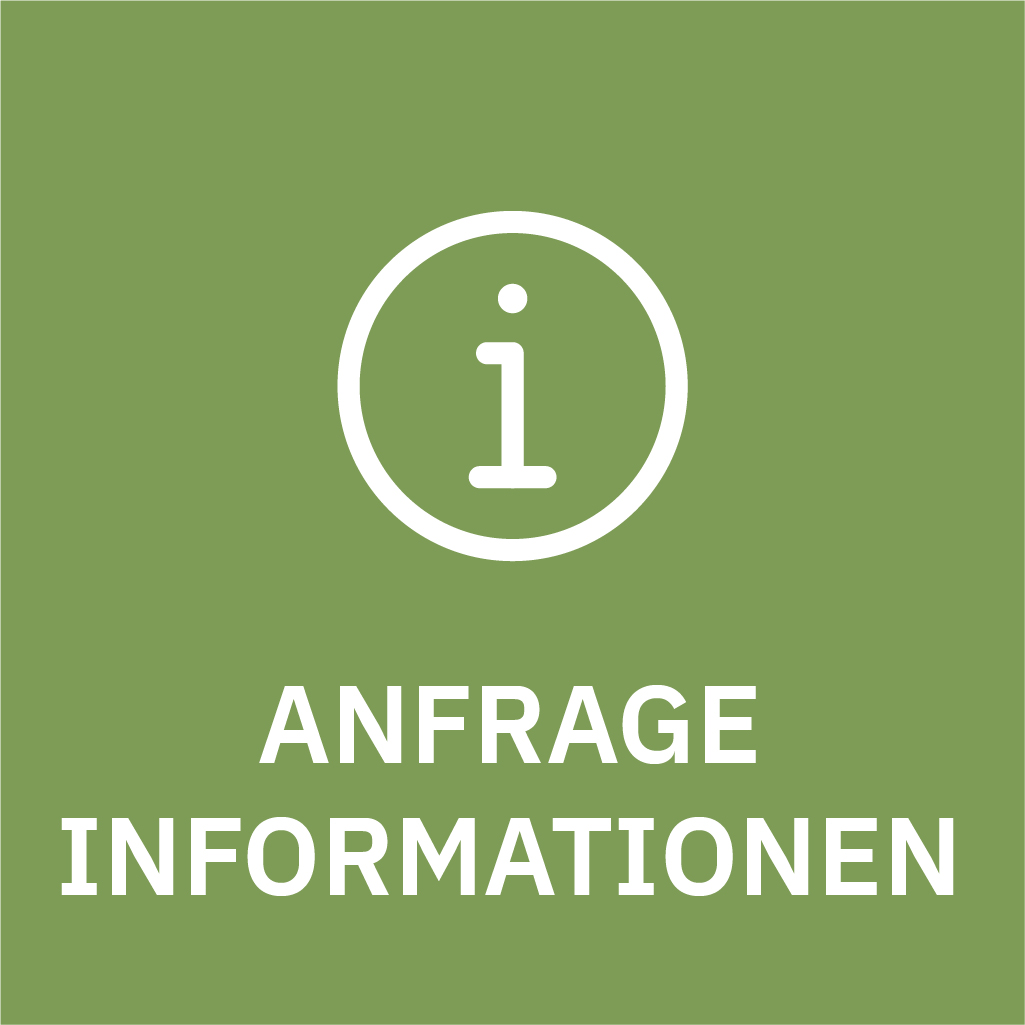By Pat Montgomery, Founder
Editor’s Note: From time to time, we’ll “look back” through our archives to share articles that are as relevant today as when they were printed. In this piece that was originally published in the February 1988 issue of The Learning Edge, Clonlara’s founder discusses the importance of creative, unstructured play at a time when many parents and schools were opting for more structured activities.
Not enough can be said about the importance of play. It is the life’s breath of learning.
The role of the parent/teacher is to set up the environment (kitchen, house, closet, porch, whatever) so the children can play without fear of breaking something or getting under foot overmuch. Pots and pans, crayons, magic markers, games, buttons, dishes, cardboard cartons, swatches of cloth, empty boxes, glue—the list of materials is endless, and the items can be as inexpensive or costly as a parent chooses.
The second task of an adult is simple: get out of the way. Observe, learn, enjoy your developing human at his/her work (Montessori called play “the work of the child”).
Our home schools can be veritable child development laboratories. It always seemed pitiful to me that in order to study children in university classes, where seldom a human child ever sets foot, a professor must invite a parent-student to bring his/her baby in once or twice for the class to see. This, in order to prepare future teachers of that baby. Parents who home educate have an opportunity to study babies and children at every developmental step. This is the way the famous Swiss psychologist, Jean Piaget, did it. His work is renowned the world over.
When I think of the potential for home educators to add significantly to the body of knowledge in child development, it overwhelms me. It the January 26, 1988, issue of the Detroit Free Press, Nancy Ross-Flanigan reported that a researcher in Illinois made a real breakthrough in child development, a discovery that is being cited as a “hallmark in human cognition.” By playing a game with 2 1/2- and 3-year-olds, the university researcher discovered the ages at which a child can grasp the fact that an object can be “both a … thing itself and a … symbol of something else.”
The game involved a scale model of a room which corresponded to the same full-sized room next door. The players watched as a toy dog was hidden in the model room. A child was then asked to find a larger stuffed dog hidden in the same position in the room itself. Eighty percent of the 3-year-olds went directly to the stuffed dog; fewer than 20 percent of the 2 1/2-year-olds did.
Here you are in your own little laboratories, with your own little research subjects playing with games, reading to them and observing their responses—the stuff that leads right to … AHA! … discovery! Couldn’t you add to the body of knowledge, though? It even may lead only to more enjoyment for the whole family, a healthier, holier home environment, and successful educating. University researchers may never learn what you have observed or they may be forced to continue to set up artificial settings to study human subjects.
I have touched upon these matters many times. It appears that more and more journals, magazines, and newspapers are now recognizing the value of “child’s work.” None too soon.
Sharpen your pencils, pick up your pads, open your eyes, shut your mouth, and study away while they play. What fun; what promise!







